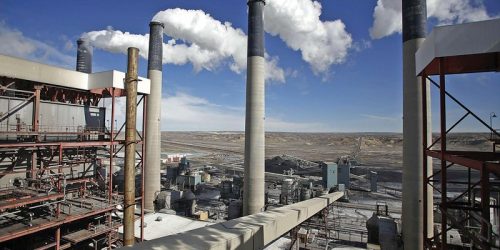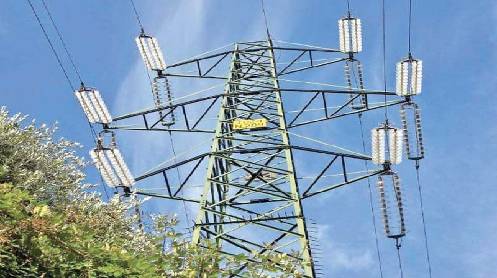BONA FIDE textile and clothing exporters have started suffering production losses as the row between the industry and energy ministry over the complete suspension of gas supplies for captive power continues. While the ministry’s action may not leave as extensive an impact on the industry’s overseas shipments during winter as is being maintained by APTMA, it has already compelled many exporters — especially vertically integrated units dependent on gas or on both electricity and gas to fully run their operations — to partially close down their production capacities. The ministry says it cannot provide expensive imported LNG for inefficient captive plants as it would be a waste and a burden on the national exchequer. It wants the industry to switch to grid power, which is now easily available, to cut the government’s losses on massive capacity payments to power producers. It also argues that the subsidised gas should be for exports alone and not for local sales since domestic gas reserves have depleted to a point where the government is unable to meet the growing demand without costly energy imports.
The industry, on its part, blames the ministry’s failure to ensure sufficient LNG imports for winters. It says the factory owners are ready to pay a higher price of $9/mmBtu against the previous tariff of $6.5/mmBtu in view of the rising price of imported LNG and increasing shortfall in domestic gas production if the ministry ensures uninterrupted supplies as agreed by the two sides. Contrary to the government’s assertion, it contends that the majority of textile producers have already installed the most efficient combined cycle technology to generate captive power, as well as produce steam and hot water for production. Moreover, they point out that several new exporting units do not have electricity connections because public-sector electricity distribution companies lack the infrastructure to give new connections or even enhance the existing load of old units that have expanded their production capacities in the last couple of years. Most importantly, exporters who have recently upgraded their textile technology require an uninterrupted, smooth power supply to avoid damage to their equipment and production losses owing to frequent fluctuations on the grid.
Prima facie, both sides have valid arguments. This gives hope that a middle ground can be found if the ministry and the industry associations agree to sit across the table to find a solution for maintaining the present export growth momentum. Indeed, it will require both sides to take a step back from their current positions. One solution could be that the ministry restores gas supplies to all exporters with efficient, combined cycle captive power plants, as well as to those units that are facing delays in new electricity connections or load enhancement. In return, the industry should agree to pay the new price and give up its demand for subsidised gas for domestic sales and inefficient captive power.




